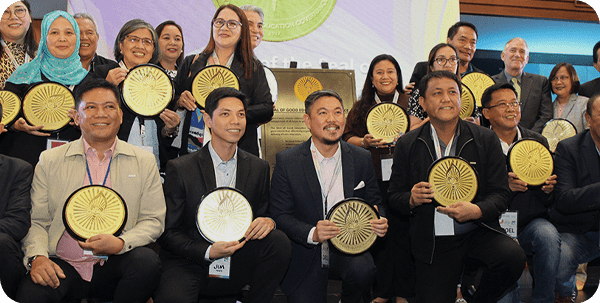(A five part series on the Training of Principals in the Province of Iloilo under the Proof of Concept initiative on the Devolution of Basic Education Towards Better Reading Outcomes to LGUs )
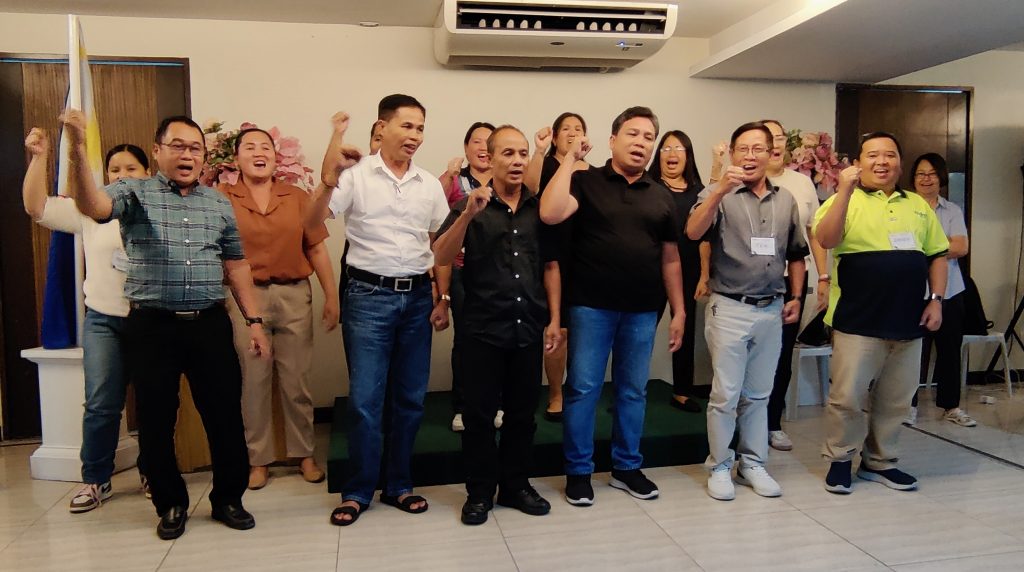
Part 1: Riding on the Journey of Self-awareness
When you see a Principal, what comes to mind?
The Head of a school whose voice demands attention and response. The most powerful and intelligent leader who believes in his power to change situations and people. The penultimate talent whose skills and experiences are above everyone else and therefore possesses the utmost credibility and integrity worthy of the best in its class of school commanders.
So how do you train a Principal without getting a piercing look in the eye, a raised eyebrow or a fierce tone?
Synergeia recently conducted a two day training workshop for 120 school principals from 12 LGUs in the Province of Iloilo, the experimental group for the Proof of Concept initiative on the Devolution of Basic Education Towards Better Reading Outcomes to LGUs.
The training activity was aimed at building the capacities of principals to produce 100 per cent of grade three students as independent readers by the end of school year 2024-2025.
How did the training go? In the end, why did the principals smile in gratitude, raise their right thumbs in approval, and pound their hearts in serious dedication and commitment to their mission of developing good readers of their grade three pupils?
The importance of self-awareness was at the core of gaining acceptance of how the principals viewed their roles, attributes and characters in the jobs that they perform (internal) and how others see them while they do what they are mandated to fulfill (external).
Self-awareness is quite a rare quality. The boldness and courage with which Synergeia filed the spirits and demeanor of the principals to ride on this journey of self-awareness was remarkable.
And the journey became more exciting because the principals didn’t ask “why” but “what” they can learn to see themselves more clearly. They were unanimous in their belief that no matter how much they have achieved, there is always more to learn.
In the process, the principals acknowledged that school leadership is a multifaceted and high expectations role that requires them to think, behave and relate as:
A. CEO of a school
B. Mentor
C. Listener and Consensus Builder
D. Team Lead and Collaborator
E. Role Models
F. Culture builders of learning and achievement
They also recognized that there are challenges confronting them which they must collectively overcome with the help of their local leaders.
Among them, the principals cited conflicts with parents, protection of teachers from aggression, differences in viewpoints with other school officials and superiors, problems in classroom infrastructure and supplies, constant changing of positions and tedious workload.
But the most compelling one was the set of values and skills that they must adhere to as a guide for their decisions, actions and interactions with others.
Part II. Rediscovering The Roles Of The Principals

The training was anchored on the outcome of the self-awareness process where the principals rediscovered their roles and how they visualized their transformation as multi-dimensional leaders in their schools.
A. As CEO
The principals identified a CEO as the highest leader in an organization or corporation who oversees everything from its vision to execution to sustainability.
They pictured the CEO as the guy who:
• Identifies the problems and priorities;
• Establishes systems and defines processes;
• Sets performance targets or expected outcomes;
• Implements programs that will achieve expected outcomes; and
• Undertakes the monitoring/assessment/evaluation of program results vs expected outcomes.
The principals agreed that their role is like that of a CEO who is responsible and accountable for the school’s performance in terms of learning outcomes, stakeholder management and resource generation.
B. As a Mentor
The principals identified a mentor as one who:
• Welcomes and values opinions, ideas, advice from other people;
• Trusts and shows appreciation for teachers’ work ;
• Knows, emphasizes and understands concerns of teachers;
• Fosters democracy, objectivity, fairness and equity in decision-making and conflict resolution;
• Focuses on issues without being influenced or pressured by others, including politicians; and
• Ensures transparency, flexibility and accountability.
The principals further agreed that as mentors, they must be role models to inspire others and through time, earn their respect and admiration.
C. As Listener and Consensus Builder
Through a case study, the principals were exposed to a potential scenario which raised the questions of how a decision-making process can be more effective through a participatory model characterized by collective listening, insighting and consensus building.
Specifically, the case study revolved around a situation where a principal employed the School Governing Council or SGC to gather inputs and ideas on how the school could increase its potential to obtain a higher passing rate on the National Achievement Test for its students.
The principals found that while a participatory model helps in developing the values of shared responsibility, accountability and transparency and in strengthening empowerment and involvement of stakeholders, there are some
disadvantages. These included inefficiency, lack of competency of some stakeholders, and invariably the prevalence of a less solution-oriented discussion.
Ultimately, the principals agreed that there is good in a more consultative and inclusive process but there is scope for improving how it is done to ensure diversity, equity, transparency and integrity of decision-making. This is most relevant in school programs requiring community support like the Brigada Eskwela, school donation drive, and beautification/cleanliness projects.
D. As Team Leader and Collaborator
The concept of team building and collaboration was introduced through creative exercises which resulted in the affirmation of certain truths for the principals, including: a. People have similarities and differences in beliefs, ideas, perspectives and experiences; b. Diversity brings about a different level of quality in the way people think, behave and act which on balance, offers a more thoughtful and provocative alternative to generating community-centric wisdom and building consensus.
The principals acknowledged that the team-building process, from Forming, to Storming, Norming and Performing, is difficult and challenging. But with courage, determination, open communication and alignment in strategy and objectives, the principals agreed that their role as team builders and collaborators can succeed in creating more productive and high impact initiatives in reading and education.
E. As Culture Builders of Reading, Learning and Achievement
The principals recognized that as effective school leaders, they help build and shape the culture of their schools in reading, learning and achievement, influence educational outcomes, and impact the lives of students, teachers, staff and communities.
Culture building is a huge mission that not only rests on the shoulders of principals but on the entire educational ecosystem which needs to work together and support each other.
The principals discussed various forms of support from the LSB/LGU, DepEd, teachers, parents and community leaders and members, including:
a. LSB
• school building, classroom
• teaching and learning materials
• salaries or allowances of non-teaching personnel
b. Teachers
• home visitation; one to one student tutorials/remediation
• community outreach – advocacy campaign, check students’ absenteeism
• conduct of sessions with parents
• create school FB page to showcase school programs and accomplishments and achievement scores
• weekly meeting of teachers e.g. LAC sessions
• encourage parental support and commitment; collaborate with parents
c. Parents
• parental support e.g. follow up of lessons at home; become para-teachers
• peer to peer learning and parents mentoring
• regular meeting with teachers; build rapport with teachers
d. DepEd
• a dedicated room in school to be used as audio visual room for creative learning
• additional plantilla position for teachers in Batad who will focus on struggling readers
e. Principals
• presence and visibility in school daily
• classroom monitoring and follow up
• teacher motivation
• participatory model in decision making
• high intellectual and emotional quotient (IQ and EQ)
• passion for mentoring and belief in teachers’ capacity and efforts
•role models
F. As Role Models
To become outstanding role models, the principals were equipped with knowledge about personality development and leadership to boost their self-image and confidence while they are performing their jobs.
The principals agreed that combined with competency and professionalism, a remarkable personality imbued with belief and trust in one’s capability and power to make a difference in their schools will boost their potential for higher success in their mission.
Part III. Learning the Value of Data and Its Use

The principals were asked, which is better – too much data, lacking data or no data?
This question extends to many local chief executives who may not appreciate achievement scores or performance data.
The development of the principals’ capacity to use, understand, analyze and manage data to design reading and learning programmes is thus a major objective of this training programme.
The concepts of ratios and percentages were introduced to understanding performance data and thus provide a more rational basis for interpretation and analysis and ultimately, better judgment and decision-making.
Using data on reading performance and percentage and ratio analysis, the principals drew some interpretations, such as,
• Grade 4 female students perform better than male students.
• There still are Grade 6 students who are struggling readers.
• There are more male struggling readers than female.
• There are more female independent readers than male.
This showed that using the reading scores, the appropriate interventions and teaching strategies can be designed to address the reading problem. For instance, Grade 6 students need remediation because there still are struggling readers.
The principals agreed that the proper use, analysis and presentation of data is a strategic tool for deriving sound, timely and effective solutions to reading and learning gaps and issues. It will also facilitate community participation and engagement and elevate discussions to a more data-based insighting and ideation on the best options to address problems.
Part IV. Parting Words from the Local Leaders
What sets the Province of Iloilo apart in this noble experiment on the devolution of basic education to LGUs is how their local leaders talk and walk their talk in the continuing quest for improving the future of our children through reading and education.
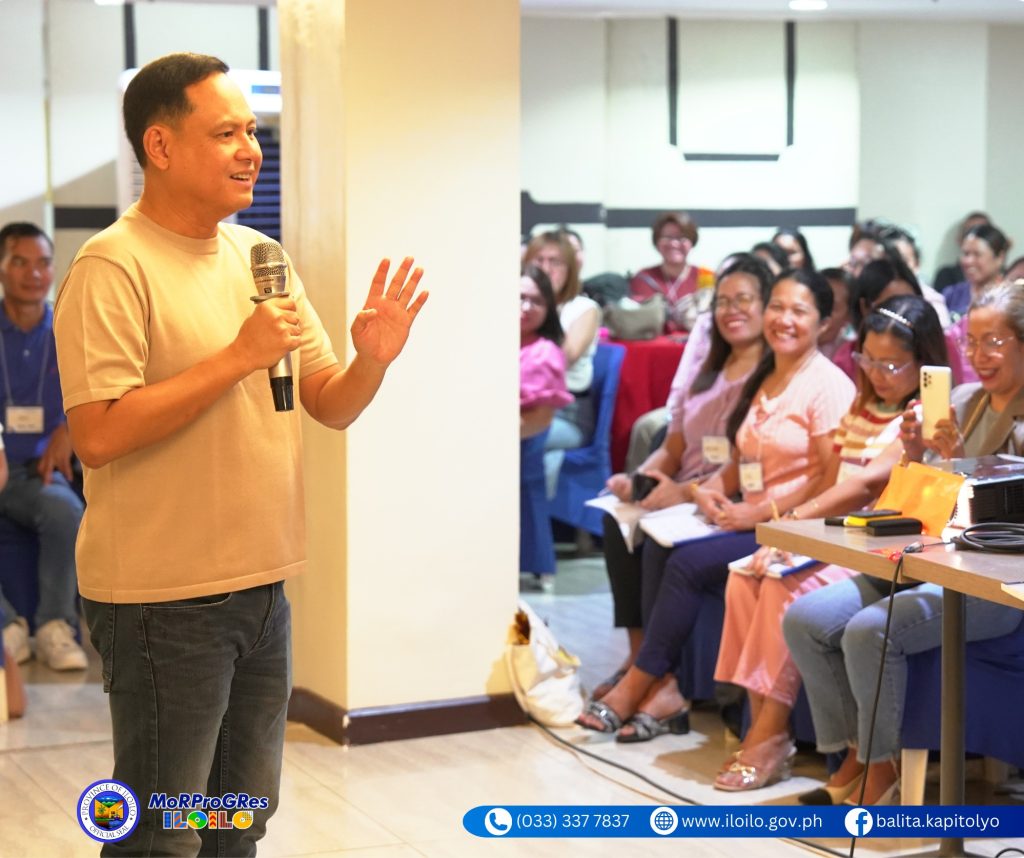
Governor Toto Defensor relentlessly emphasized the urgency of turning around from this reading and education crisis which essentially is becoming a threat to our national security.
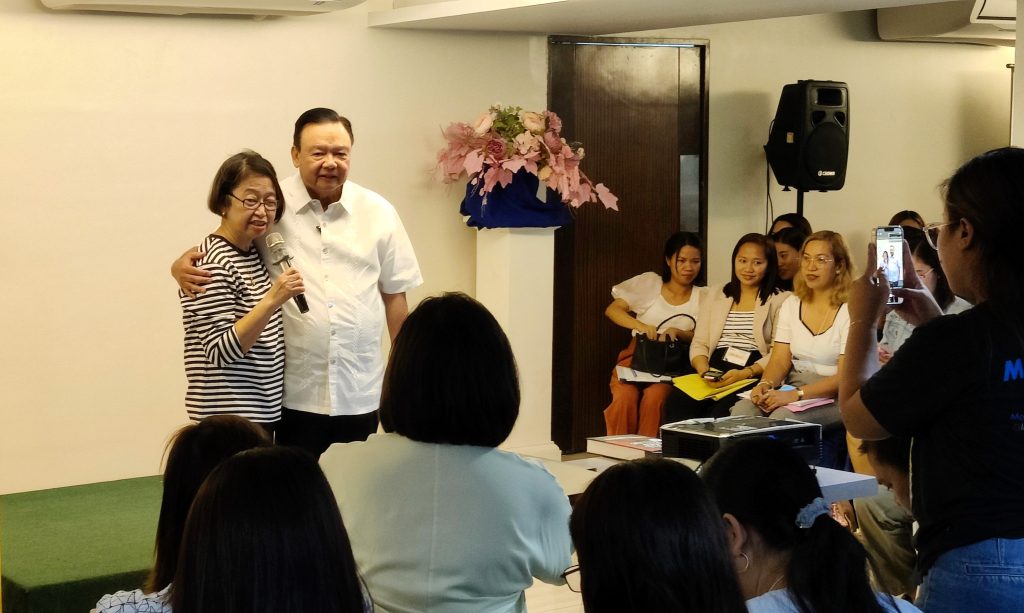
Mayor Jerry Trenas strongly framed education as a process of “forming” beyond “informing” to deepen our understanding of people, of human capital, who need to be developed and capacitated through education as the fundamental drivers of economic and social transformation of our nation.
With these voices inspiring communities to think and act with a deeper sense of commitment and resolve for better education, how can LGUs fail?
Part V. Delivering Through Commitment and Action
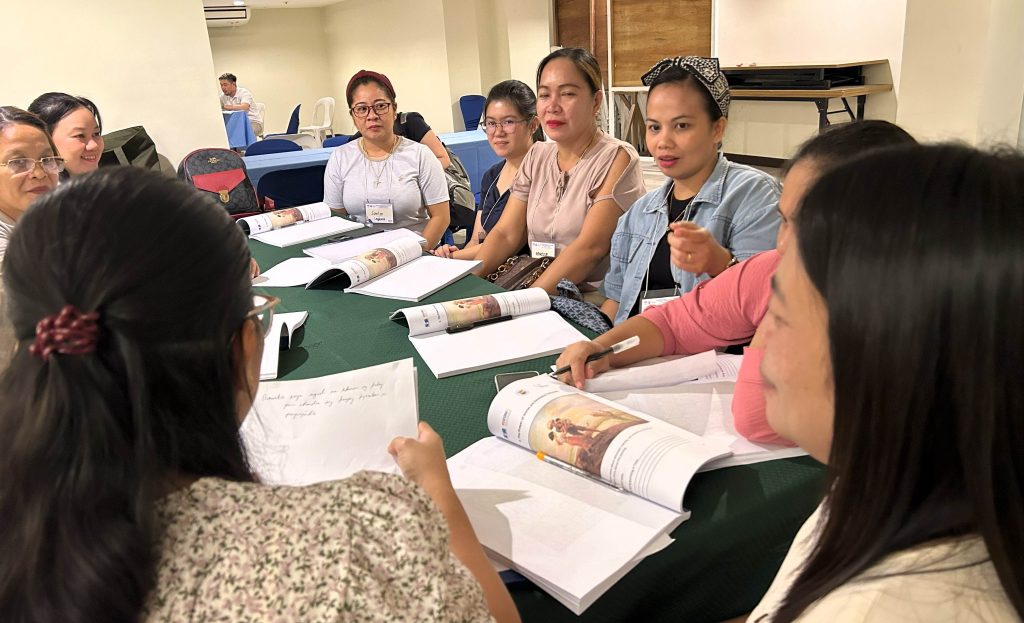
Motivated and driven by their local leaders’ call for commitment and action, the principals consolidated their individual school work plans aimed towards achieving the goal of making every Grade 3 student a reader by the end of SY 2024-2025.
The plans included:
1) Conducting a pre-assessment of students to get a baseline and know their weaknesses and needs in reading;
2) Meeting with teachers, parents and other stakeholders including the Mayor and LSB mayors to develop a comprehensive reading plan;
3) Strategic planning for reading and learning interventions like remediation, provision of reading materials, etc ;
4) Training of teachers on better strategies and approaches to improve reading, peer-to-peer mentoring, sharing of creative teaching strategies and principals’ mentoring of teachers;
5) Training of parents to support reading lessons at home;
6) Conducting home visitation of struggling readers and doing one-to-one tutorials;
7) Monitoring progress of students’ performance through regular classroom observation and monitoring by principals;
8) Sharing of teachers’ best practices which can be done during Learning Action Cell (LAC) sessions;
9) Conducting students’ post-assessment;
10) Organizing assessment, analyzing results and preparing evaluation reports;
11) Presenting the results to school stakeholders and the LGU/LSB and providing recognition and incentives to the highest performing class; and
12) Planning for the sustainability of the reading program with the support of LGU/LSB.
